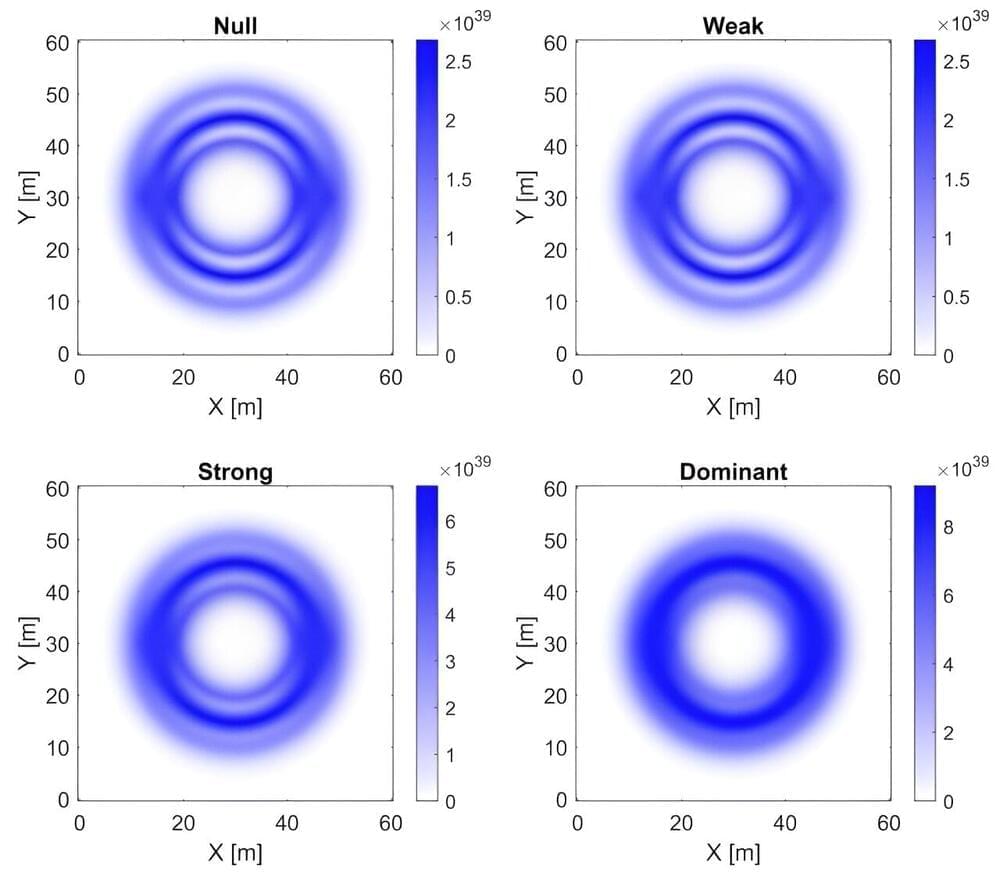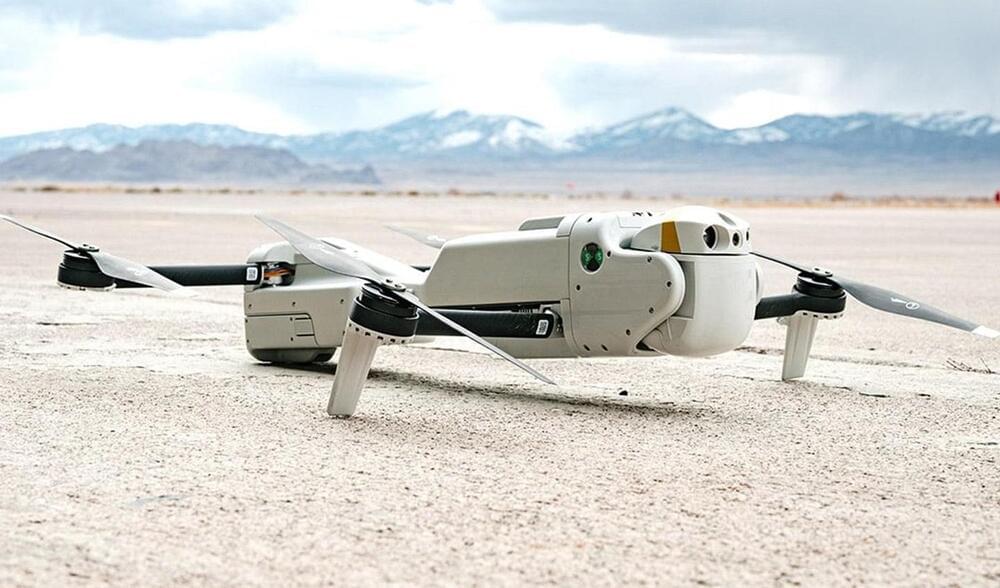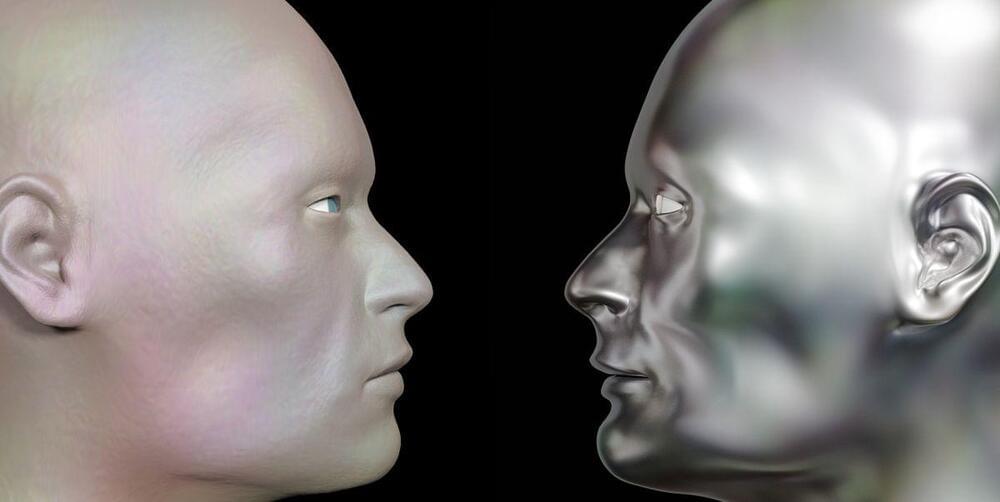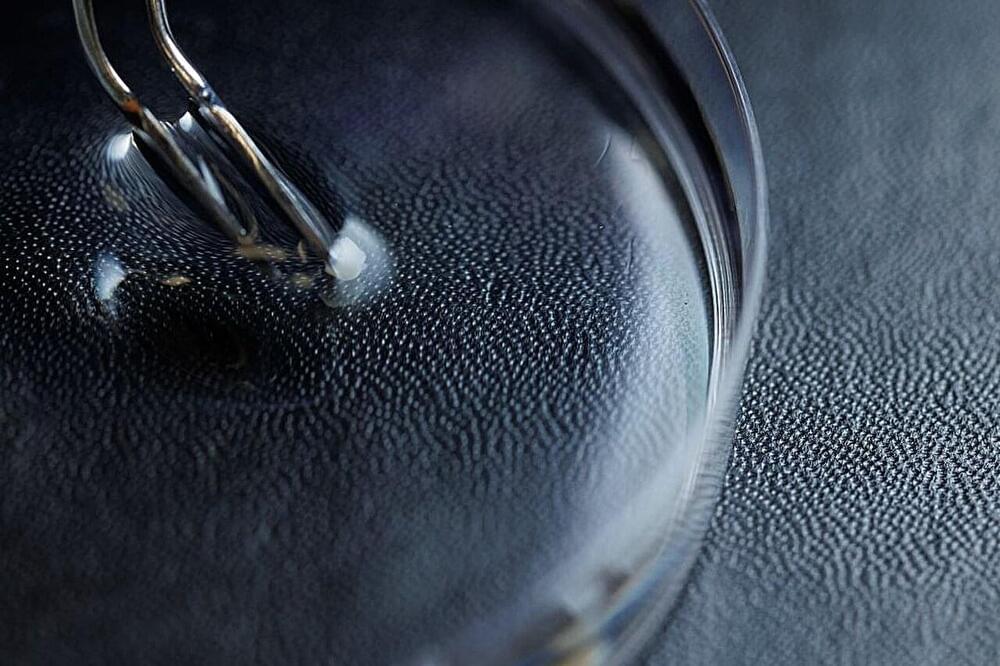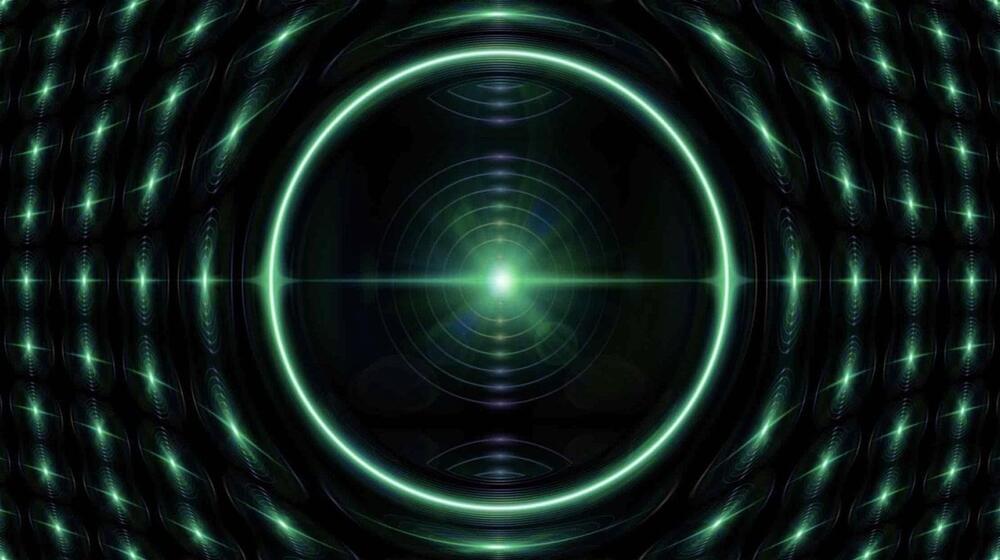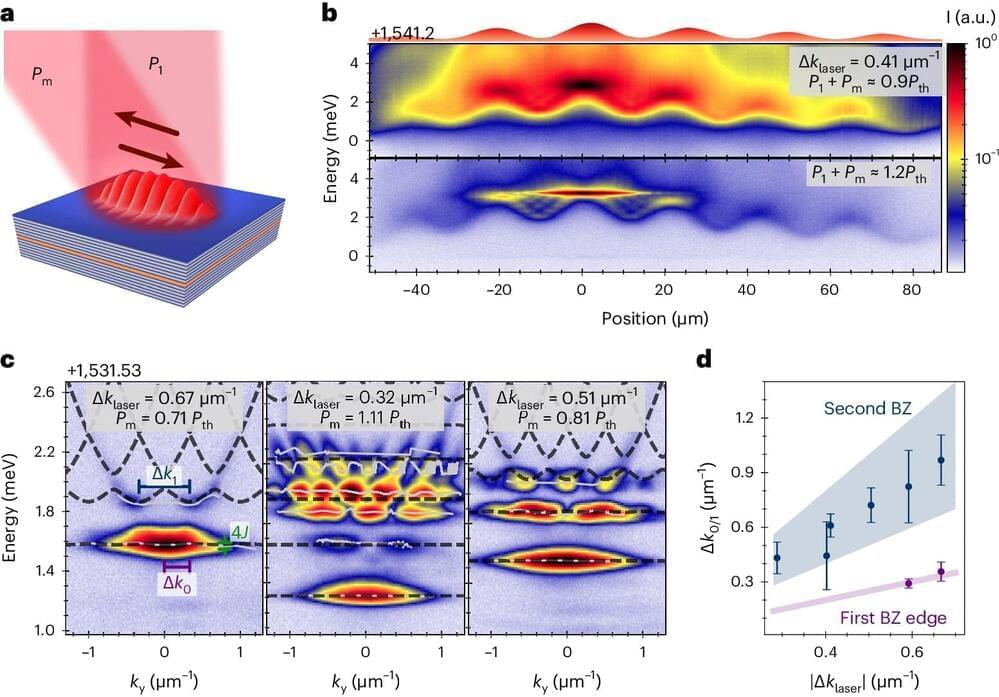A team of physicists from the University of Alabama in Huntsville and the Advanced Propulsion Laboratory at Applied Physics, in New York, has developed a model that shows it might be possible to create a subluminal warp drive.
In modern warfare, the Rogue 1 unmanned aerial system offers a range of safety features and versatile capabilities.
The aerospace firms are working together on Tranche 2 Tracking Layer to enhance space-based missile defence capabilities.
Using an innovative new method, a University of Saskatchewan (USask) researcher is building tiny pseudo-organs from stem cells to help diagnose and treat Alzheimer’s.
Underwater recon and attack drones are about to enter war zones.
Australia has unveiled ‘Ghost Shark’, an underwater drone that is capable of surveillance, intelligence collection and attacking enemy targets. The U.S. has a ‘Monster Manta’ that can carry a range of payloads, carry out long-range missions. Countries around the world are developing unmanned underwater vehicles for the next war at sea. What about India?
#australia #us #india.
About Channel:
WION The World is One News examines global issues with in-depth analysis. We provide much more than the news of the day. Our aim is to empower people to explore their world. With our Global headquarters in New Delhi, we bring you news on the hour, by the hour. We deliver information that is not biased. We are journalists who are neutral to the core and non-partisan when it comes to world politics. People are tired of biased reportage and we stand for a globalized united world. So for us, the World is truly One.
DARPA is funding the development of a military-grade quantum laser prototype that can penetrate dense fog and operate over long distances.
What’s next in chips
Posted in robotics/AI
How Big Tech, startups, AI devices, and trade wars will transform the way chips are made and the technologies they power.
In a recent paper published in the International Journal of Psychiatry Research, Dr. Gerard Marx from MX Biotech and Prof. Chaim Gilon from the Hebrew University of Jerusalem present an innovative integration of two notable neuroscience theories—the Global Neuronal Network (GNW) hypothesis and the Tripartite Mechanism of Memory.
An “optical conveyor belt” that can move polaritons—a type of light-matter hybrid particle—in semiconductor-based microcavities.
This asymmetric response of the confined polaritons breaks time-reversal symmetry, driving non-reciprocity and the formation of a topological band structure.
Photonic states with topological properties can be used in advanced opto-electronic devices where topology might greatly improve the performance of optical devices, circuits, and networks, such as by reducing noise and lasing threshold powers, and dissipationless optical waveguiding.
Further, the simplicity and robustness of our technique opens new opportunities for the development of topological photonic devices with applications in quantum metrology and quantum information, concludes Fraser.
